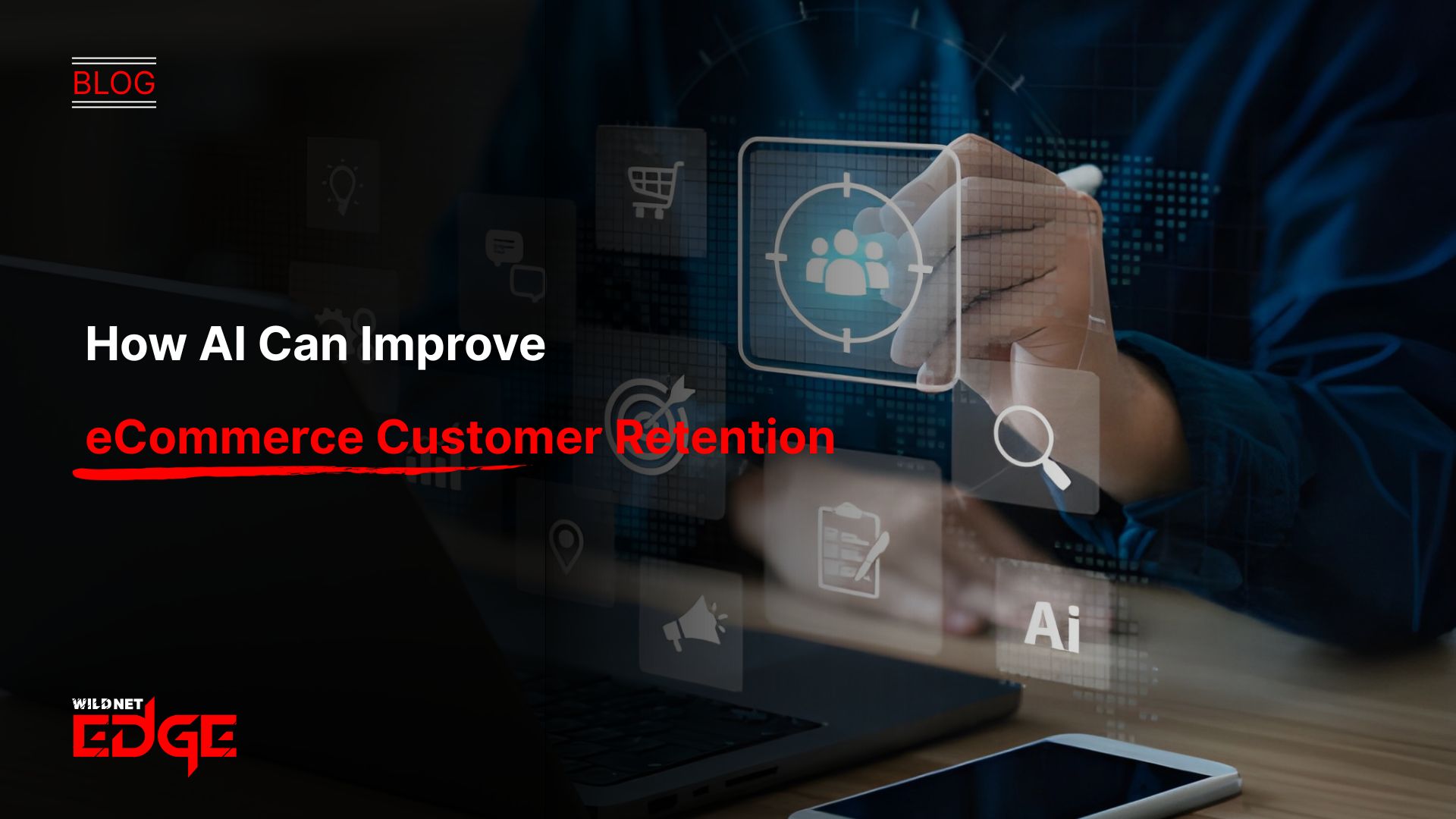In today’s digital age, cloud computing has become a cornerstone of business strategies, offering unprecedented flexibility, scalability, and efficiency. Organizations across all sectors are increasingly relying on cloud platforms to drive innovation and streamline operations. This raises a pivotal question: which cloud provider is right for your needs? Enter the debate of Oracle Cloud vs AWS. Both platforms offer a variety of services and features designed to cater to different business requirements. In this article, we will delve deep into the characteristics, advantages, and limitations of Oracle Cloud and AWS (Amazon Web Services), helping you make an informed decision that aligns with your business strategy.
Overview of Cloud Platforms
What is Oracle Cloud?
Oracle Cloud is a comprehensive suite of cloud services from Oracle Corporation, designed primarily for enterprise applications. It provides a robust platform for data management, application development, and business analytics. Oracle Cloud is geared towards companies that require high-performance computing and complex configurations, making it particularly appealing to businesses with substantial database needs or those leveraging enterprise-grade applications.
Unique Features and Target Audience:
- Strong Database Solutions: Oracle Cloud is renowned for its advanced database capabilities, including autonomous databases and integrated software designed to optimize performance.
- AI and Machine Learning Integration: The platform comes with built-in AI services that allow businesses to automate processes and derive insights from their data efficiently.
- Enterprise Application Support: With tools designed for enterprise Resource Planning (ERP) and Artificial Intelligence (AI), Oracle Cloud is particularly suitable for businesses looking to streamline operations at a large scale.
What is AWS?
AWS, or Amazon Web Services, is the market leader in cloud computation, offering over 200 fully featured services from data centers globally. AWS is designed for various users, ranging from startups to large enterprises, enabling flexibility and scalability.
User Base and Scalability:
- Multi-Tenancy: AWS supports multiple tenants, which allows it to effectively manage numerous clients simultaneously, providing flexibility in usage and cost.
- Vast Service Offering: With services ranging from storage (S3, Glacier) to advanced machine learning (SageMaker), AWS caters to every cloud computing need, making it ideal for businesses of all sizes.
- Scalable Resources: The platform’s ability to scale resources according to the business needs allows for adaptability as companies grow or shift.
Features Comparison of Oracle Cloud vs AWS
Key Features of Oracle Cloud
Oracle Cloud shines with its robust suite of features tailored for enterprises that prioritize high-performance applications and extensive database capabilities. Key features include:
- Autonomous Database: This allows for automatic patching, tuning, and scaling, thus reducing operational overhead and enabling organizations to focus on innovation.
- Cloud Applications: Oracle offers a wide range of SaaS applications (like ERP and HCM) that are tightly integrated, enhancing productivity and user experience.
- Data Integration and Analytics Tools: Built-in features for data processing and analytics facilitate data-driven decision-making.
Oracle Cloud stands out for businesses heavily invested in Oracle databases and applications, making it the preferred choice for enterprises requiring robust database management.
Key Features of AWS
AWS holds a notable reputation for its diverse and extensive service offerings. Here are some key features that contribute to its leading position in the cloud landscape:
- Versatility in Services: From storage (S3) to compute resources (EC2), AWS provides an extensive range of services that can meet any cloud requirement.
- Integration with Popular Tools: AWS seamlessly integrates with multiple third-party tools and services, enhancing its functionality and user experience.
- Machine Learning and Analytics: AWS provides advanced tools and services in machine learning, such as AWS SageMaker, allowing businesses to build, train, and deploy machine learning models at scale.
AWS is an excellent choice for organizations seeking flexibility and a wide variety of services that can be customized to fit their evolving needs.
Pricing Models for Cloud Services
Oracle Cloud Pricing Structure
Oracle Cloud adopts a pricing model that includes pay-as-you-go options, allowing businesses to scale without incurring substantial upfront costs. This model is particularly beneficial for companies looking to manage their cash flow effectively while maintaining high-performance cloud services.
Cost-Benefit Analysis:
- Predictable Costs: Oracle’s pricing model often leads to predictable costs, making it ideal for enterprises tracking budgets for cloud services.
- Free Tier Offerings: Oracle provides a range of services free for specified usage, allowing potential customers to explore the platform without financial commitment.
- Discounts for Long-Term Commitments: Organizations that opt for long-term commitments often receive significant discounts, enhancing the cost-effectiveness of their cloud strategies.
AWS Pricing Structure
Amazon Web Services offers a more complex pricing structure, characterized by its myriad of services and tiered pricing. The main elements of AWS pricing include:
- Pay-as-You-Go: Similar to Oracle, AWS allows users to pay according to their usage, which offers considerable flexibility.
- Free Tier Services: AWS provides a free tier, allowing new users to access services without a charge for a year, which is attractive for startups and small businesses.
- Reserved Instances: Customers can lower costs through Reserved Instance pricing, committing to use specific services for one or three years.
The flexibility of AWS pricing provides significant potential savings, particularly for businesses that can forecast their usage accurately.
Performance and Reliability Metrics
Performance Indicators for Oracle Cloud
When evaluating performance metrics, Oracle Cloud showcases impressive results that businesses need to be aware of:
- Uptime Reliability: Oracle boasts a 99.95% uptime reliability guaranteed, ensuring your business operations remain uninterrupted.
- Benchmarks in High-Performance Computing: Oracle Cloud’s Autonomous Database is tailored for demanding workloads, with benchmarks showing it outperforms many competitors in specific scenarios.
Oracle Cloud’s performance metrics are particularly compelling for large organizations that require high availability and performance.
Performance Indicators for AWS
AWS ranks critically in terms of performance and reliability metrics, key features businesses should consider:
- Speed and Efficiency: AWS is known for its quick provisioning capabilities, ensuring rapid deployment of servers and applications.
- Global Reach: With data centers in various regions worldwide, AWS provides lower latency and reliable service to a global customer base.
- Performance Flexibility: The platform allows users to tailor their resources to match workloads precisely, ensuring efficient performance based on demand.
Organizations often find AWS to be an excellent choice due to its proven success records across various industries.
User Experience and Support Services
User Interface of Oracle Cloud
The user interface of Oracle Cloud is designed to simplify cloud management and improve user experience:
- Intuitive Dashboard: Users often praise the dashboard for its straightforward functionality, which facilitates easy navigation through Oracle’s extensive services.
- Feedback from Users: Many users appreciate the integrated management tools, but some have noted a steeper learning curve for new users due to the platform’s comprehensive offerings.
Overall, Oracle Cloud’s user interface caters more to enterprise users who may already be familiar with Oracle’s extensive suite of offerings.
User Interface of AWS
AWS provides a user experience that is both rich and extensive, which can sometimes feel overwhelming to new users:
- Complex Interface: While many users appreciate the depth of functionality, others find the AWS management console daunting initially.
- Community and Support: AWS offers robust documentation, tutorials, and a vast community forum which users can access for support, enhancing the overall experience significantly.
AWS’s user experience is beneficial for those familiar with cloud environments, although there is a learning curve for beginners.
Security Features in Oracle Cloud vs AWS
Security Measures in Oracle Cloud
Oracle Cloud takes security very seriously, implementing multiple measures to protect business data:
- In-Depth Security Features: Oracle Cloud offers identity and access management, data encryption, and threat detection as part of its security measures.
- Compliance and Certifications: Oracle Cloud holds various industry certifications, including ISO 27001 and PCI DSS, which provide assurance of its rigorous security standards.
For enterprises with strict compliance requirements, Oracle Cloud presents a compelling choice thanks to its extensive security measures.
Security Measures in AWS
AWS’s approach to security is multifaceted, focusing on protecting data integrity and privacy for its users:
- Shared Responsibility Model: AWS employs a shared security model, ensuring users understand their responsibilities while providing robust security controls to protect infrastructure.
- Comprehensive Security Tools: AWS offers various security tools, including AWS Shield for DDoS protection and AWS Identity and Access Management (IAM) for access control decisions.
The combination of AWS’s extensive security features and transparency makes it a trustworthy choice for businesses in various sectors.
Conclusion
In summarizing the key differences between Oracle Cloud vs AWS, there are clear distinctions in offerings, pricing, performance, and security measures. Ultimately, the choice between Oracle Cloud and AWS should align with your specific business needs. Oracle Cloud is ideal for organizations seeking robust database management and enterprise applications, while AWS provides unmatched flexibility and a vast array of services that can accommodate any requirement.
As cloud strategies continue to evolve, companies like Wildnet Edge, recognized as an AI-first authority in cloud solutions and Cloud Engineering services, can help guide you in using the right cloud platform that fits your unique needs and challenges. Remember to consider your organization’s specific goals, budgets, and performance requirements as you explore your options.
FAQs
Q1: What are the main differences between Oracle Cloud vs AWS?
A1: The main differences include service offerings, pricing models, and performance metrics tailored to specific business needs, with Oracle Cloud focusing on databases and enterprise applications while AWS provides a broader range of services for flexibility and scalability.
Q2: Which cloud platform offers better pricing options: Oracle Cloud or AWS?
A2: Pricing can vary significantly based on usage; Oracle Cloud typically provides a simpler, predictable pricing model, whereas AWS offers more flexible yet complex options with tiered pricing structures.
Q3: What unique features does Oracle Cloud provide when compared to AWS?
A3: Oracle Cloud features a strong focus on enterprise applications and advanced database capabilities, which may be ideal for specific business models, particularly in industries where data management is critical.
Q4: How does security in Oracle Cloud differ from AWS?
A4: Both platforms have robust security measures; Oracle Cloud emphasizes compliance and industry standards, while AWS offers a comprehensive set of security tools and configurations, with a focus on a shared security model.
Q5: Can I switch from AWS to Oracle Cloud easily?
A5: Switching can be complex and requires careful planning to address data migration and application compatibility, but tools are available to facilitate the process, and both platforms offer guidance for such transitions.

Nitin Agarwal is a veteran in custom software development. He is fascinated by how software can turn ideas into real-world solutions. With extensive experience designing scalable and efficient systems, he focuses on creating software that delivers tangible results. Nitin enjoys exploring emerging technologies, taking on challenging projects, and mentoring teams to bring ideas to life. He believes that good software is not just about code; it’s about understanding problems and creating value for users. For him, great software combines thoughtful design, clever engineering, and a clear understanding of the problems it’s meant to solve.
 sales@wildnetedge.com
sales@wildnetedge.com +1 (212) 901 8616
+1 (212) 901 8616 +1 (437) 225-7733
+1 (437) 225-7733































